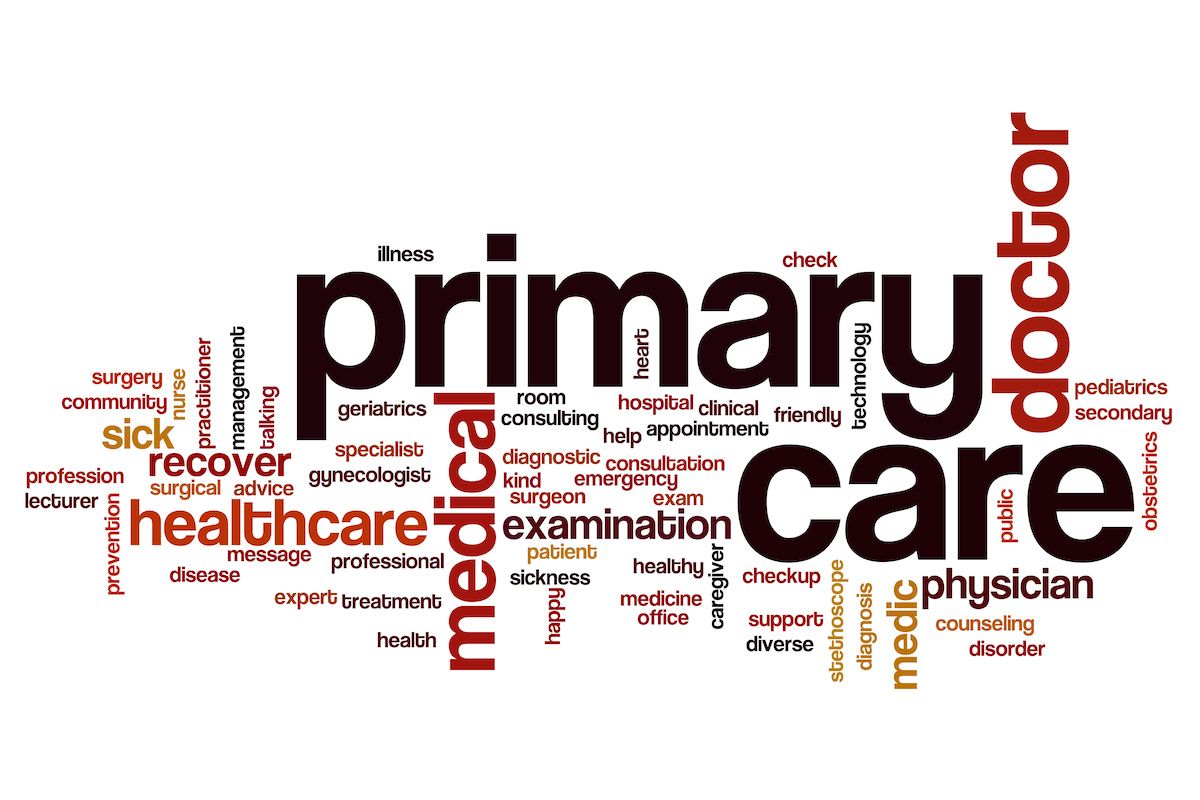News
Article
‘Primary care is in crisis’ – How the physician-patient relationship is evolving
Author(s):
Teamwork, new providers and telehealth all are affecting how primary care is delivered in the United States.
© ibreakstock - stock.adobe.com

Beneficial interaction between primary care physicians and patients depends on continuity and trust.
But that relationship is evolving due to teamwork within health care providers, new options for patients to find health care, and the expansion of telehealth during the COVID-19 pandemic, according to three experts who discussed the past, present and potential future of primary care.
On Feb. 28, the Milbank Memorial Fund, The Physicians Foundation, and the Robert Graham Center of the American Academy of Family Physicians unveiled “The Health of US Primary Care: 2024 Scorecard Report – No One Can See You Now.” It was the second annual report on the state of primary care nationally.
The online presentation included a panel discussion with lead author Yalda Jabbarpour, MD, director of the Robert Graham Center; Margaret Flinter, PhD, APRN, vice president and clinical director of Community Health Center Inc./Moses/Weitzman Health System; Kyu Rhee, MD, MPP, president and CEO of the National Association of Community Health Centers; and Frances Stead Sellers of The Washington Post.
This transcript has been edited for length and clarity.
Frances Stead Sellers: I have a question about the kind of care people expect to have. Yalda, maybe you can help us think through that. We talk about the importance of relationships. Are we thinking of the wrong kind of relationship that we infer from doctors?
Yalda Jabbarpour, MD
© AAFP - The Robert Graham Center

Yalda Jabbarpour, MD: I think it's a great question and I think there are generational differences here, right. And I think, is it generational differences, or is it simply that younger people are not sick and they don't yet see the value of continuity and comprehensiveness with a physician? I really think that might be it. There are certain age groups that what they need is access. They need a clinician, right now, because they're working, they can't take time off work, they have children at home, their children are sick, and so they're turning to nontraditional venues for quote unquote primary care, telehealth only, urgent care, minute clinics, et cetera. But those areas don't have that continuity and comprehensiveness that we know with much past data is absolutely essential for high quality primary care. So, yes, I think you're right, people are accessing care in different ways. Maybe it isn't the 1950s solution that we are looking for. But I do think that those core tenets of continuity, comprehensiveness, first contact, coordination, that you only find in the traditional primary care setting are still really important. We just have to find a way to deliver on them and meet the patients where they are.
Frances Stead Sellers: Kyu, pick up on that if you could for me. I'm really interested about what's happening in the private sector and whether you see innovations there that could drive forward a different model of primary care that you see as advantageous or solving some of these deep problems.
Kyu Rhee, MD, MPP
© National Association of Community Health Centers

Kyu Rhee, MD, MPP: I will just highlight just a couple quick comments. One in four community health centers, of the 15,000 sites are actually in school-based sites so elementary, middle and high schools. And I think being place-based is incredibly important. You have to go to where the community need is, and you have to go to places to make it convenient for people to address their health issues. And once that trust is built, then often they can have a primary care home. I also want to highlight the importance of team-based care. In community health centers, for every 1,000 patients, there's 10 people that take care of those thousand patients, of the workforce of 300,000 that serve 31 and a half million. So that workforce is like I served, a doctor, a nurse practitioner, a social worker, a psychologist, a dentist, a medical assistant, a community health worker, a translator, a pharmacist. And so the importance of having that diverse team, in my opinion, the nature of primary care is, as you've just stated, it's not the doctor who goes to your home, it's a whole team-based approach and that trust within that team is essential to build trust with that patient, that family, that community. Partnerships, in general, I think are essential to address this primary care crisis. I think we're seeing the private sector, the public sector and the nonprofit sector are all trying to think how do we solve this primary care crisis? And so of course with companies like CVS Health, Oak Street, Amazon, One Medical, Walgreens, Village MD, Walmart, they're all seeing in my mind some opportunities but also a gap that needs to be filled. And so in my belief, you know, we as community health centers want to be a partner of choice, we want to advance a model of primary care that we've evolved, but we also want to see and support this broader need of partnerships across the health ecosystem to address this crisis.
Frances Stead Sellers: Margaret, I'm curious whether you think we’ve learned the lessons of COVID where many of us accepted an assembly line approach to vaccination, which could also grow to other adult vaccines, some forms of screening, and some diagnosis. Are other ways in which we should look back at that very difficult time and take lessons from it and maybe relieve some of the burdens on family practices?
Margaret Flinter, PhD, APRN
© Moses/Weitzman Health System

Margaret Flinter, PhD, APRN: Well, I think I'm going to start with that and then I'm going to hop back for just a moment I think to what we're talking about in terms of relationships. Probably like many of you, having spent quite a bit of time on the COVID lines during that period of time, I think our organization ended up either testing or vaccinating one in three people in Connecticut. That's what that time called for. It called for us to in the middle of winter have seven lanes of cars coming through, get that vaccine in somebody's arm, no matter what and do it seven days a week. That was a moment in time and if you ask me, did people learn something about how they want to get their primary care? I'm not sure. I think they learned about what kind of people show up in those situations from the National Guard to health departments to health centers. But I don't think, honestly, that's what people are looking for. What they are looking for is care that's effective and efficient, and as we like to say, kind of elegant, right? You know when you've had a really wonderful experience with health care, right? Where it was kind of smooth and efficient, but at the heart of it, there was an interaction with that health care provider. I think primary care providers, physicians, nurse practitioners, PAs (physician assistants) who are choosing primary care, go into it because of the relationships with people and that is fundamental to it. But there's plenty of room for innovation. The primary care provider doesn't need to see the patient every single time. We have incredible nurses and other people on the team who will carry out part of that managed plan, do the intensive education and counseling. We can take the fragmentation that happens with the retail clinics, in the convenience clinics, which are serving a very valuable purpose for people who choose to go there, but we can also incorporate that into a primary care practice. We can have dedicated providers so that you're within the same system. And telehealth has been our friend. That's a real durational benefit that COVID brought to us, the change in state and federal legislation to let people make choices – would I like to be seen virtually or in person? Some of the time, maybe one or the other. But having these as part of our armamentarium I think supports the fundamental nature of relationships both with a primary care provider and a primary care team but maybe expanding our thinking a little more. So that I think is probably the durational value of COVID, the integration of telehealth into primary care.





